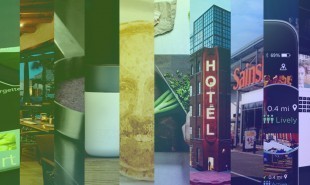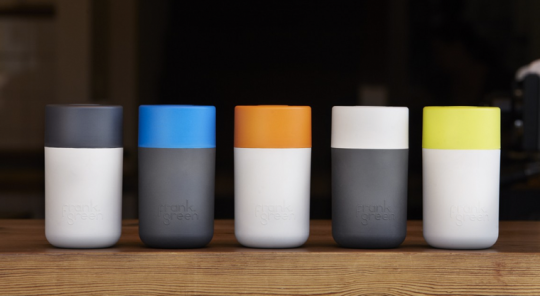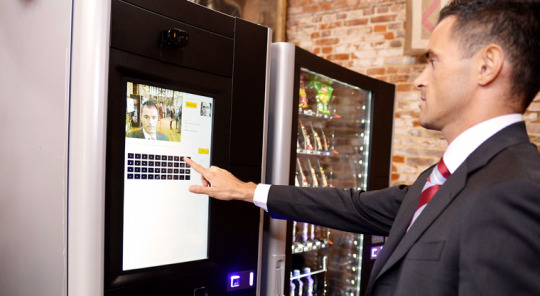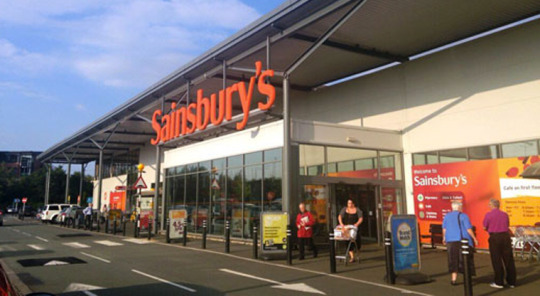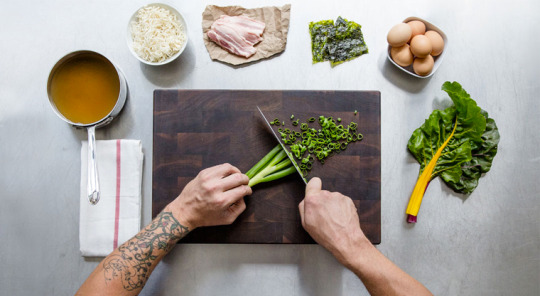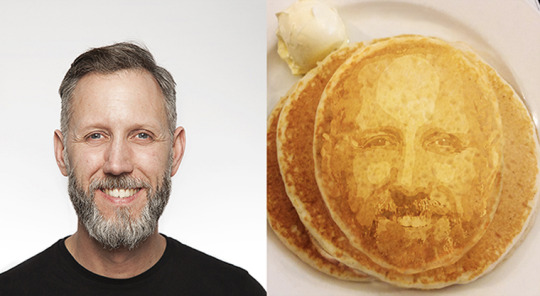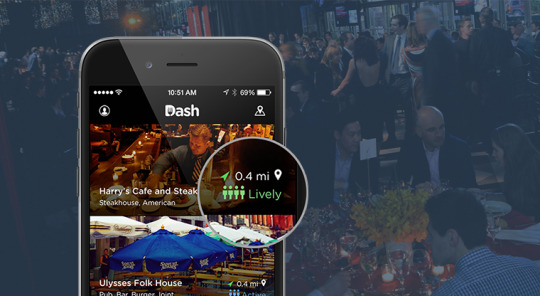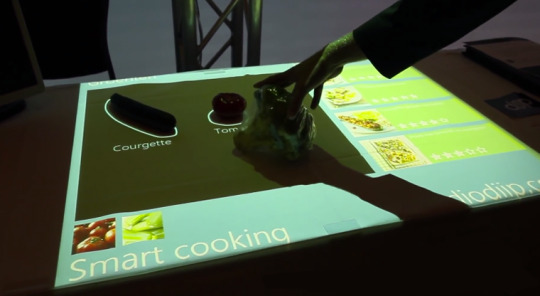
1 In Australia, customers can pay for their coffee with their smart cup
Though existing eco-friendly coffee cups have undeniable environmental benefits, low levels of adoption to date have meant there is a limit to the impact they are currently having. Knowing that to encourage sales, a green product must outperform its non-green rival in every way, Frank Green focused on building convenience directly into his coffee vessels. SmartCup’s dishwasher safe drink vessels are embedded with smart payment capabilities, which enable customers to pay for their coffee by swiping the cup itself. The cup is connected to a smartphone app CafePay, which lets users pre-pay for their coffees or gift them to friends, and collect loyalty rewards, creating an even more seamless visit to the café in users’ morning routine.
2 This vending machine will deny you snacks based on medical records
Are the customers always right? The Luce X2 Touch TV vending machine challenges that by using facial recognition and customers’ medical records to determine if they should be allowed to buy an unhealthy snack. Before the snack is released, customers will be scanned to determine factors such as age, build, and mood. Algorithms, which also have access to participating customers’ medical records, can then decide whether purchasing a coffee with three sugars, or the fourth candy bar of the day is a bad idea, and refuse to vend the item. Could gyms also integrate their memberships with a similar model, whereby snacks are denied to those who don’t visit often enough?
3 Supermarket store is entirely powered by food waste
To counter the fact that supermarkets are one of the worst offenders for food waste, Sainsbury’s has created the first outlet in the UK to be powered solely through leftover produce. Once the expiring food stuffs are marked down, donated to charities, or repurposed as animal feed, whatever’s leftover is picked up by a local waste recycling company, Biffa, and the electricity generated through anaerobic digestion is sent to the store via a 1.5km cable. Bio-bean, another UK green energy facilitator is doing this with coffee. The company collects waste coffee grounds from coffee stores and instant coffee factories, then converts it into biomass pellets and biodiesel, which they sell to London businesses to power buildings and transport.
4 Pre-prepped ingredients delivered to the door help anyone make their favorite restaurant dishes at home
To help consumers save money and time, but still enjoy a restaurant-standard meal, Forage is delivering pre-prepared ingredients and recipes for them to make famous dishes from popular restaurants. The most labor-intensive parts of the meals — such as making rich sauces or finely chopping ingredients — are already prepared by the company, and dishes can be served in 20 minutes. Encouraging a similar culinary DIY attitude is a Baltimore-based startup Hop Theory, whose teabag-like sachets will transform average beers into quality craft brews. The biodegradable bags contain a combination of hops, fruit peel, seeds and natural flavors, which will enable drinkers to customize their beverage in minutes. Are there other ways to make fine-dining at home easier, and enable consumers to impress friends and be more creative with their meals?
5 Nutritious powder is made from freeze-dried expiring fruit
Much like Sainsbury’s, the team at FoPo food powder are also making use of expiring fruit. They plan to freeze-dry fruit immediately before it expires, and create a nutritious food powder from what would have otherwise gone to waste. This increases the produce’s shelf life from two weeks to two years. The powder will be good for use in soups, smoothies or baking. A restaurant in Melbourne — perhaps for the more adventurous consumer — is going a step further to reduce food waste by including food commonly considered as organic waste on its menu. Ingredients include rainwater, foraged sea vegetables, stale bread and carcasses normally thrown away. Adding to this line-up is a French supermarket Intermarché, who are turning fruit and veg that are too ugly to sell into a range of new products.
6 3D printer makes pancakes that look like diners’ faces
Believe it or not, 3D printed food that mirrors its eater is not entirely new — a Japanese café created gummy men, which are jelly sweets made in the shape of its consumer. Now the ultimate personalized breakfast is made available by design company Kinneir Dufort — a pancake with the diner’s face on it. A digital camera captures the consumer’s image, and the system’s image processor transforms brightness into contours, then dispenses layers of batter directly onto a hot plate, which creates detailed and complex images on the pancake’s surface. Other than providing a humorous dining experience, the software could also help waiting staff avoid mixing up orders.
7 App lets diners check the vibe of restaurants in real time
The right atmosphere at a restaurant can really make or break an experience. That’s why the dining app Dash introduced its Venue Vibes feature, which lets customers get accurate and real-time info about the atmosphere of nearby restaurants. It uses the existing POS systems of restaurants to accurately gauge how busy each one is in comparison to its maximum capacity. When searching for a place to eat through the app, users will be shown whether the place is lively, active, relaxed or quiet.
8 Hotel restaurant’s pop-up store lets diners wear what they eat
Hotels, like supermarkets, are often sustainability offenders. Bedsheets are washed every night, and lights are left on 24/7 to suit the schedule of guests. To counter that, a pop-up store at the Wythe Hotel in Brooklyn is now turning meat byproducts from the venue’s restaurant into leather clothes and bags for guests. Run by Kate Huling, who uses leather and wool salvaged from slaughterhouses for her brand Marlow Goods, it will feature alpaca fur, sheep wool and leather that’s taken from animals served in the hotel’s restaurant, which is headed by her husband.
9 Smart surface offers up recipes based on ingredients placed upon it
The Netherlands-based Studio diip has created the Vegetable Recognizer, a system that uses image recognition to detect different types of vegetable and then provide recipes that include those foods. It uses a projection screen that can be overlaid onto any surface, and the camera overhead will then identify objects placed on the surface. Once the vegetables have been identified, a list of pre-programmed recipes is checked before the Vegetable Recognizer recommends recipes that contain the ingredients on the table. Kitchens can also be made smarter with June ovens, which uses a similar food recognition software and automatically programs itself to cook the food placed inside it.
10 Queue jump app lets charitable patrons skip the line
Slipping the maître d’ a twenty dollar note to get in front of a restaurant line is usually considered bad taste, but a new system now offers hungry diners guilt-free queue jumps. CharityWait is a feature of SmartLine’s digital waitlist, which enables diners to skip the line by donating to the restaurant’s chosen charity. The diner gets a table, and the charity receives 60 percent of the contribution — SmartLine retain the other 40 percent. Could this feature of rewarding good will be used in other areas of the hospitality and entertainment industries?

